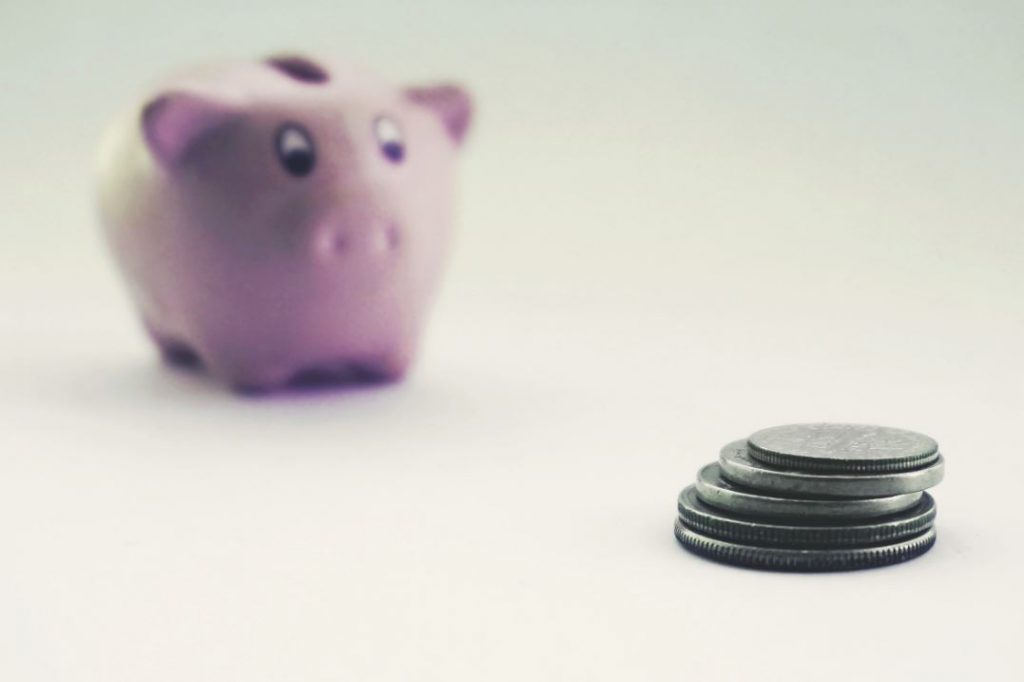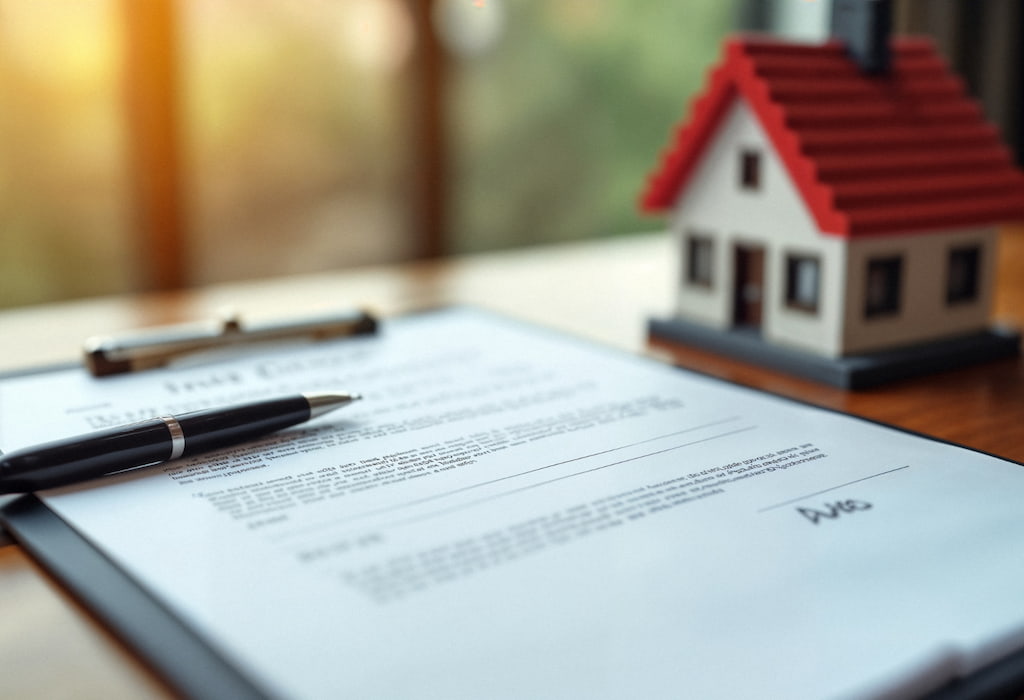The Supreme Court gives its opinion on whether it is possible to purchase the new main residence with third-party financing without the need to apply the total amount received from the sale of the previous main residence to the purchase of the new one.
In recent months we have been encountering a multitude of Supreme Court rulings with regard to the well-known exemption for reinvestment in the principal residence, in which it clarifies some aspects that had been discussed by the Tax Administration.
What is the exemption for reinvestment in the principal residence?
As we explained in this other newsThe exemption for reinvestment of the principal residence is regulated in article 38.1 of Law 35/2006 on Personal Income Tax and in article 41 of the Regulations, and allows an exemption to be applied to the capital gain that may arise from the sale of the principal residence if it is reinvested in the purchase of another principal residence, within a period not exceeding 2 years after or prior to the date of transfer of the principal residence.
In addition, the rule allows a total exemption if the total amount obtained from the sale is reinvested (which is often the case when the new home is more expensive than the old one) or a partial exemption, proportionally to the amount reinvested (as would be the case if the new home costs less than what was obtained from the sale of the old one).
The Supreme Court rules on how to pay for the new home in order to apply the reinvestment tax exemption.
The case raised in the Judgment 1239/2020The new property, dated 1 October 2020, concerns a person who sells his primary residence for 600,000 euros. A few months later, he buys a new primary residence for 280,000 euros and pays 32,000 euros in cash to the seller at the time of purchase and is subrogated to the mortgage loan that the seller had at that time for 248,000 euros, something that happens quite frequently when buying directly from the developer.
The Tax Administration regularised the exemption calculations under the premise that the amount of the sale reinvested in the new purchase was not 248,000 euros, the price of the new home, but 32,000 euros, the amount paid in cash, on the understanding that only this amount had been effectively reinvested in the new habitual residence.
The Supreme Court ruled in favour of the taxpayer, finding that:
- The Administration interprets of the concept of reinvestment of a quasi-physical nature on the understanding that this is a material transfer of a monetary flow from an origin to a predetermined destination rather than the economic concept of investment.
- It should be understood that reinvestment occurs when the newly acquired asset (the habitual residence of destination) equals or exceeds the price obtained from the disposal of the preceding asset (the original habitual residence).
- Furthermore, the SC emphasises that neither the Law nor the Regulation contains a single rule stating that the amount of the "reinvestment" is to be understood only for the amount disbursed and that the amount of the external financing provided cannot be taken into account.
For all these reasons, the Supreme Court concludes that it is possible that a taxpayer who buys a new main residence may decide to finance part of the price with a third party and pay only part in cash from the proceeds of the sale.The remainder will be kept in their bank accounts.
After all, it concerns the form of payment and financing of the new dwelling, without it being arguable that there has actually been a complete reinvestment of the amount if the new dwelling costs more than the old one..
Practical example of how to apply the SC Judgment
The Supreme Court's conclusion can be seen in this practical example:
A taxpayer sells his main residence for 350,000 euros. Within the legal 2-year period, he purchases a new main residence for 400,000 euros, but decides to pay 250,000 euros in cash and to take out a mortgage loan for the remaining 150,000 euros of the purchase price. This indirectly means that the taxpayer keeps 100,000 euros of the purchase price in cash for himself.
According to the SC ruling, it would be understood that the total amount of the sale (350,000 euros) has been used to buy another habitual residence that has cost more (400,000 euros) without the fact that part of it has been paid for with financing from third parties having any "tax" relevance, with the taxpayer keeping the remaining amount in the bank.
What really matters is that the price of the new asset acquired is higher than the price obtained from the sale of the old one, so that a total exemption of the capital gain from the sale of the previous habitual residence would apply..




